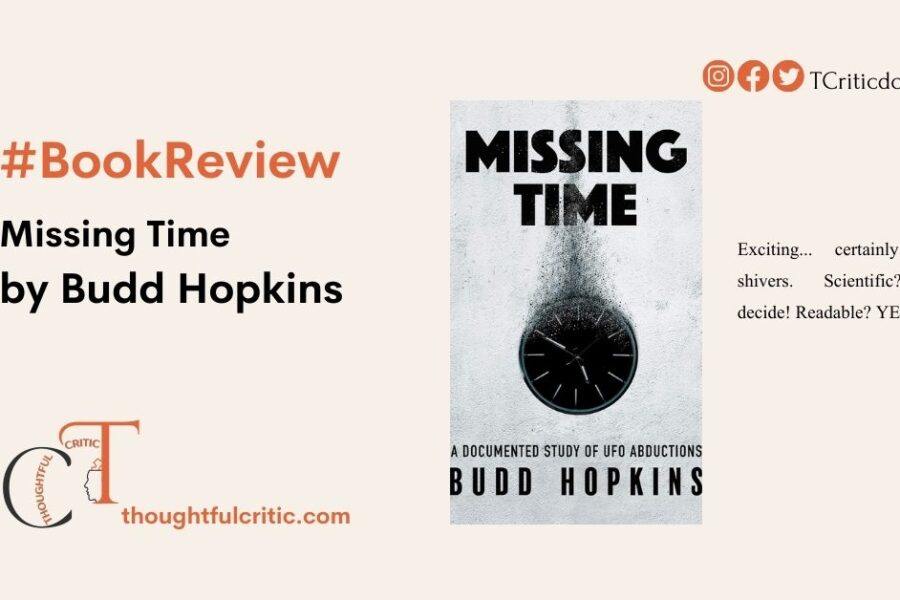Title: 50 Things Every Young Lady Should Know: What to Do, What to Say, and How to Behave
Authors: Kay West, John Bridges, Bryan Curtis
Publication Date: 2011, October 31
Publisher: Rutledge Hill
Genre: Etiquette, Self-help, Non-fiction
Language: English
Pages: 240 pages
Overview
50 Things Every Young Lady Should Know is a modern etiquette guide for young women, offering practical advice on manners, behaviour, and social interactions in contemporary settings. The book serves as a refresher on timeless social norms and a guide for navigating evolving societal expectations. Authored by Kay West in collaboration with John Bridges and Bryan Curtis, it is part of the GentleManners series, which has garnered acclaim for its accessible and engaging approach to self-improvement. Covering various topics from dining etiquette to digital communication, this book equips readers with essential tools to present themselves with confidence and grace in various social situations. This review explores the book’s relevance, practical insights, and balance between traditional etiquette and modern sensibilities.
Narrative Style
The book adopts a direct, conversational tone, making its lessons easy to absorb and apply. The author is informal yet authoritative, balancing instructive guidance and personal encouragement. Each chapter is concise, beginning with a specific scenario or problem and concluding with clear, actionable advice.
The language is refreshingly free from jargon, making the content accessible to young readers without oversimplifying the concepts. Humour and relatable anecdotes are interspersed throughout, adding a layer of engagement that keeps the tone light without undermining the seriousness of the subject. By addressing contemporary topics like texting etiquette alongside traditional concerns like formal introductions, the authors successfully bridge the gap between past and present norms of social behaviour. For example, here is a simple yet effective quote from the book:
First impressions count, which is why the way you respond when being introduced to someone, especially an older someone, is very important. (p. 2)
Themes
1. Social Grace and Manners:
The book’s theme is the cultivation of social grace, emphasising how small acts of politeness can leave lasting impressions. The authors highlight the importance of respect, kindness, and consideration in interactions, whether in formal or casual settings. By reinforcing foundational practices like saying “please” and “thank you,” the book underscores the enduring relevance of good manners in fostering positive relationships.
2. Modern Etiquette:
Acknowledging the impact of technology on communication, the book provides guidelines for maintaining decorum in digital spaces. Chapters on email etiquette, social media interactions, and the appropriate use of mobile phones ensure that readers are well-equipped to navigate modern challenges. The authors stress the importance of mindfulness in an age of instant and public communication, advocating for a thoughtful approach to online engagement.
3. Confidence and Self-Presentation:
A recurring motif in the book is the interplay between confidence and etiquette. The authors argue that good manners are not about rigid conformity but empowering individuals to present themselves authentically and confidently. Practical advice on posture, dressing appropriately, and handling awkward situations instils a sense of poise and assurance.
4. Respect for Others:
The book repeatedly emphasises the value of empathy and understanding in social interactions. From respecting cultural differences to considering the feelings of others in one’s thoughts and actions, the authors encourage readers to adopt a mindset of inclusivity and compassion. This theme aligns with the book’s message that true elegance lies in making others feel valued and respected.
Practical Insights
Dining Etiquette:
The authors cover a range of dining scenarios, from casual meals to formal dinners, offering tips on table manners, utensil usage, and navigating social cues during meals. These lessons prepare readers to feel comfortable and confident in any dining setting.
Communication Skills:
Advice on crafting thoughtful thank-you notes, mastering the art of introductions, and avoiding conversational pitfalls equips readers with essential communication tools. The book’s emphasis on clear, considerate, and respectful communication is particularly relevant in professional and personal contexts.
Conflict Resolution:
One of the book’s outstanding features is its guidance on handling conflicts gracefully. The authors outline strategies for de-escalating tensions, sincerely apologising, and maintaining composure in challenging situations. These skills are invaluable for building and sustaining healthy relationships.
The Twist
Though not a narrative with characters, the book treats its audience as a protagonist transforming. It invites young women to view themselves as works in progress, capable of refining their habits and interactions. By fostering a sense of self-awareness and encouraging reflection, the authors position the reader as an active participant in her personal growth.
Literary Significance
50 Things Every Young Lady Should Know holds literary significance as part of the enduring tradition of etiquette books, which have adapted to reflect changing social norms across generations. Its practical yet philosophical approach to manners distinguishes it within the genre, offering a blend of timeless wisdom and contemporary relevance. The book’s ability to address complex social dynamics engagingly makes it a valuable resource for young readers navigating adulthood.
In an era where traditional etiquette is often dismissed as outdated, the book demonstrates the enduring value of courtesy, respect, and mindfulness. It is a gentle reminder that good manners are not about pretence but about fostering connections and making the world more harmonious.
Critical Analysis
While the book excels in its clarity and practicality, some critics may argue that it caters primarily to a privileged demographic, assuming a level of access to formal social settings that may not be universal. Additionally, its emphasis on traditional femininity may feel restrictive to readers seeking a more progressive or gender-neutral perspective.
However, the authors’ arching message—that manners are a universal language of respect—transcends these limitations. The book maintains its relevance across diverse contexts by encouraging readers to adapt its lessons to their unique circumstances.
Conclusion
In conclusion, 50 Things Every Young Lady Should Know is an invaluable guide for young women seeking to navigate the complexities of modern life with grace and confidence. Combining timeless etiquette principles with practical advice for contemporary challenges, the book offers a holistic approach to self-presentation and interpersonal relationships. Its accessible style, thoughtful insights, and emphasis on empathy make it a must-read for anyone aspiring to cultivate elegance in both behaviour and mindset. Whether as a primer for young adults or a refresher for seasoned readers, this book remains a testament to the enduring power of good manners.
You can get a copy from Amazon India and enrich your social presence. Click here to get a copy: Buy Now.
Review by Alka for Thoughtful Critic
50 Things Every Lady Should Know by Kay West Et al. Book Review
-
Thoughtful Critic Rating
Summary
Ladies, do you need it? You decide! However, the book is well-written. And it does serve a purpose. 🙂




